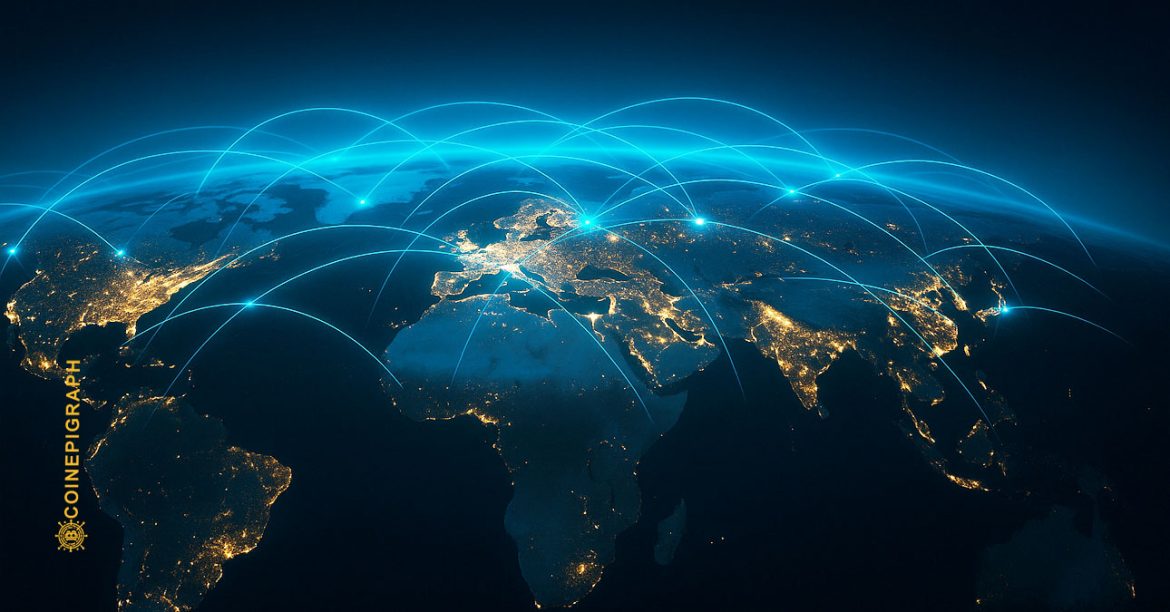By the CoinEpigraph Editorial Desk | November 2025
The Fastest Technology in Human History
Artificial intelligence has officially outpaced every technology that came before it. According to Microsoft’s new AI Diffusion Report, AI has reached over 1.2 billion users—a diffusion rate faster than electricity, the PC, or the internet.
But inside this unprecedented speed lies a troubling paradox: while adoption accelerates, access fractures.
Microsoft’s researchers describe a widening AI divide between nations, classes, and even languages. The report calls it a “defining variable of the 21st century”—who gets to use AI versus who gets left behind.
“Innovation alone is not progress,” the report warns. “Diffusion is the true measure of transformation.”
How AI Outran Everything
The pace of AI adoption has stunned even its architects. Driven by generative systems like GPT-4, Gemini, and Claude, AI tools are embedding themselves into daily workflows faster than any prior platform.
Every sector—education, design, medicine, logistics—has seen measurable output gains, pushing organizations to automate or risk irrelevance.
Microsoft’s analysis divides the AI economy into three roles:
- Frontier Builders: those creating the models and infrastructure.
- Infrastructure Builders: cloud and compute providers expanding global capacity.
- Users: individuals, enterprises, and governments deploying AI to make decisions.
Together, these strata form what Microsoft calls the new industrial layer of cognition. Yet diffusion among them remains painfully uneven.
The Uneven Map of Progress
In digitally mature nations such as Singapore, the UAE, and Norway, more than half of working-age adults now use AI tools weekly. But in large portions of Africa, South Asia, and Latin America, adoption rates sit below 10 %.
The reasons are structural:
- Infrastructure Gaps: nearly half the world still lacks consistent electricity or broadband access.
- Language Exclusion: most AI models are trained primarily in English, marginalizing thousands of local tongues.
- Digital Literacy: many users lack the training to use AI tools effectively.
What began as an innovation challenge is rapidly becoming a human development crisis.
The Cost of Exclusion
The divide doesn’t merely separate users from tools—it divides opportunity itself.
Nations with robust AI ecosystems enjoy surging productivity, capital inflows, and geopolitical influence. Those without risk permanent dependence on imported algorithms and foreign data centers.
For developing economies, this imbalance echoes past industrial revolutions: the tools of progress clustered where power already resided. Microsoft’s report suggests that without urgent global coordination, the AI divide could mirror the electricity gap of the early 1900s—lasting generations.
Lessons for Web3 & Markets
For blockchain and decentralized-data communities, the findings carry major implications. Web3 advocates have long argued that open infrastructure is the antidote to centralized control.
Prediction markets, tokenized compute networks, and decentralized AI projects could offer equitable access—if governance and capital align.
But if adoption of AI itself remains concentrated, then even decentralized systems risk reproducing the same inequities on-chain.
The CoinEpigraph editorial stance: AI diffusion will become a core macro-indicator for national competitiveness, influencing capital flows, labor policy, and sovereign data strategy.
Closing the Gap
Microsoft outlines a three-part path to balance:
- Expand Infrastructure: Invest in energy, connectivity, and compute access.
- Educate at Scale: Create AI-literacy programs from schools to ministries.
- Localize Language: Train models in regional tongues and dialects to democratize access.
Without these efforts, the report concludes, billions may experience AI not as empowerment but as exclusion.
The Broader Truth
AI adoption is indeed the fastest in human history—but speed isn’t equity.
The divide now visible across continents is less a technological problem than a moral one: who gets to participate in the age of intelligence.
As Microsoft’s researchers note, the future may be automated, but inclusion is never automatic.
At Coinepigraph, we pride ourselves on delivering cryptocurrency news with the utmost journalistic integrity and professionalism. Our dedicated team is committed to providing accurate, insightful, and unbiased reporting to keep you informed in the ever-evolving crypto landscape. Stay tuned as we expand our coverage to include new sections and thought-provoking op-eds, ensuring Coinepigraph remains your trusted source for all things crypto. -Ian Mayzberg Editor-in-Chief
The team at CoinEpigraph.com is committed to independent analysis and a clear view of the evolving digital asset order.
To help sustain our work and editorial independence, we would appreciate your support of any amount of Bitcoin/Satoshi to this address below: 3NM7AAdxxaJ7jUhZ2nyfgcheWkrquvCzRm
and through our Support Page.
🔍 Disclaimer: CoinEpigraph is for entertainment and information, not investment advice. Markets are volatile — always conduct your own research.
COINEPIGRAPH does not offer investment advice. Always conduct thorough research before making any market decisions regarding cryptocurrency or other asset classes. Past performance is not a reliable indicator of future outcomes. All rights reserved 2024-2025.





